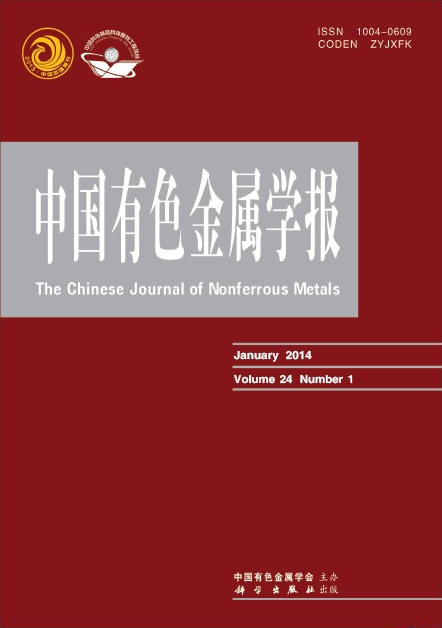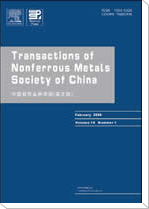(1. 中国科学院 金属研究所,沈阳材料国家(联合)实验室,沈阳 110016;
2. 沈阳大学 机械工程学院,沈阳 110044)
摘 要: 利用电子束逐层熔化(Additive manufacture-electron beam melting,AM-EBM)金属成型技术制备出菱形十二面体网格结构的多孔Ti-6Al-4V合金,并对其微观组织和力学性能进行了研究。研究结果表明:该多孔材料孔壁组织主要为针状α′马氏体相,同时含有极少量的β相;其弹性模量和压缩强度随孔隙率的增加而降低,相对模量、相对强度与相对密度的关系基本符合Gibson-Ashby模型。
关键字: 多孔Ti-6Al-4V合金;电子束熔融;压缩性能;孔隙率;压缩强度
(1. Shenyang National Laboratory for Materials Science, Institute of Metal Research,
Chinese Academy of Sciences, Shenyang 110016, China;
2. College of Mechanical Engineering, Shenyang University, Shenyang 110044, China)
Abstract:Cellular Ti-6Al-4V alloys with reticulated mesh structures were designed by computer aided design (CAD) and manufactured by the electron beam melting (EBM) technique using raw powders with extra low interstitials (ELI). The microstructures and mechanical properties of these cellular alloys were further characterized. The cellular Ti-6Al-4V alloys with acicular microstructures mainly consist of thin α′ martensite with a small amount of β phase. The elastic modulus and compressive strength of these Ti-6Al-4V alloys decrease with the increase of porosity of cellular structures. Moreover, the relationships between relative modulus and density, as well as between relative strength and density, were found to be consistent with the Gibson-Ashby model.
Key words: cellular Ti-6Al-4V; electron beam melting; compressive properties; porosity; compressive strength


